If you are eating a Caesar salad or pizza and your dog is watching, you may consider giving them an anchovy. Before doing so, it is important to know if anchovies are safe for dogs.
Dogs can eat anchovies if they are prepared and served safely. Anchovies have nutritional benefits but also present risks. The following sections outline the advantages, disadvantages, and safe feeding practices for dogs.
This guide covers the benefits of anchovies, the risks to avoid, and safe feeding methods for dogs.
Table of Contents
- The Good Stuff: Nutritional Benefits of Anchovies for Dogs
- The Bad Stuff: The Very Real Risks of Anchovies
- How to Safely Feed Anchovies to Your Dog: A Vet’s Checklist
- Conclusion
- FAQs
The Good Stuff: Nutritional Benefits of Anchovies for Dogs
Omega-3 Powerhouse
Anchovies contain omega-3 fatty acids, including EPA and DHA. These fats support overall health in dogs. Omega-3s have anti-inflammatory effects, which benefit joint health, reduce arthritis risk, and improve mobility in older dogs.
These fatty acids also support skin and coat health by reducing shedding and improving coat appearance. DHA contributes to brain health and cognitive function, which is important for older dogs.
High-Quality Protein
Anchovies are a source of high-quality protein, which is necessary for muscle repair and maintenance in dogs of all ages. Protein supports growth in puppies, energy in active dogs, and muscle retention in older dogs. Anchovies also supply essential amino acids for tissue repair.
Vitamins & Minerals
Anchovies provide micronutrients such as calcium, selenium, and vitamin D. Calcium supports bone and dental health. Selenium acts as an antioxidant and supports the immune system. Vitamin D aids calcium absorption and bone maintenance.
The Bad Stuff: The Very Real Risks of Anchovies
Anchovies also present certain risks for dogs.
The #1 Danger: Sodium (Salt)
Sodium is the main risk in feeding anchovies to dogs. Canned anchovies often contain high salt levels. Excess salt can cause sodium ion poisoning, which may result in dehydration, kidney damage, or death.
Symptoms of sodium poisoning in dogs include:
- Extreme thirst
- Vomiting
- Diarrhea
- Seizures
- Tremors
- Excessive urination
Avoid giving dogs anchovies with high salt content, as this can cause serious health problems.
Packed in Oil, Garlic, or Spices? A Hard No
Some anchovies are packed in oil, garlic, or spices. Oil can cause gastrointestinal upset in dogs, such as vomiting or diarrhea. In severe cases, it may lead to pancreatitis.
Garlic and onions, sometimes used in anchovy preparations, are toxic to dogs and can damage red blood cells, causing anemia. Do not feed dogs anchovies containing garlic or other harmful spices.
What About Raw Anchovies and Thiaminase?
Raw anchovies contain thiaminase, an enzyme that breaks down thiamine (vitamin B1), which is necessary for the nervous system. Consuming too much raw fish with thiaminase can cause thiamine deficiency, resulting in neurological issues such as weakness, loss of appetite, and seizures.
Cooking the anchovies thoroughly destroys thiaminase, making them safe to eat.
Bones and Choking
Anchovies contain small, soft bones that are usually digestible and provide calcium. However, supervision is recommended when dogs eat fish to prevent choking, especially if the anchovies are not prepared correctly.
How to Safely Feed Anchovies to Your Dog: A Vet’s Checklist
The Golden Rules: What Kind to Buy?
- BEST: Fresh, whole anchovies (which you must cook plain).
- GOOD: Canned anchovies packed in spring water with no added salt.
- AVOID: Anything in oil, in brine or salt, with spices, or on your pizza.
Safe Preparation
- If using canned anchovies in water, rinse them under cool water to reduce sodium.
- If using fresh anchovies, cook them plain by baking, steaming, or boiling without seasoning. Do not add oil, garlic, or spices.
How Much is Safe? Serving Size Guidelines
Anchovies should be given as an occasional treat, not as a meal replacement. Treats should not exceed 10% of a dog’s daily caloric intake.
Here are general serving guidelines based on your dog’s size:
- Small Dogs (under 20 lbs): 1-2 small anchovies, 2-3 times per week maximum.
- Medium Dogs (20-50 lbs): 2-3 anchovies, 2-3 times per week maximum.
- Large Dogs (50+ lbs): 4-5 anchovies, 2-3 times per week maximum.
Conclusion
Anchovies can be a healthy treat for dogs, providing omega-3 fatty acids, protein, and essential vitamins and minerals. They should be served without added salt, oil, garlic, or spices, and only in moderation.
If unsure, continue feeding regular dog food and approved treats. Consult a veterinarian before adding new foods, especially if there are concerns about allergies or health conditions.
FAQs
Can my dog eat the anchovies off my pizza?
No, the anchovies on pizza are typically packed in salt, oil, and spices, all of which are harmful to dogs.
How many anchovies can I give my 15-pound dog?
For a small dog under 20 lbs, you can safely feed 1-2 small anchovies, 2-3 times per week maximum.
Are anchovy bones dangerous for dogs?
The bones in anchovies are generally soft and digestible. However, always supervise your dog when eating them to avoid choking.
My dog accidentally ate anchovies in oil. What should I do?
If your dog consumes anchovies in oil, monitor for signs of gastrointestinal upset or pancreatitis. Contact your vet if symptoms persist.
Can puppies eat anchovies?
Yes, puppies can eat anchovies in moderation, but they should be cooked plain and free from harmful additives like salt and garlic.
Is anchovy paste safe for dogs?
No, anchovy paste usually contains added salt and spices, which are harmful to dogs. Avoid feeding it to your pet.
Are sardines or anchovies better for dogs?
Both sardines and anchovies are healthy in moderation, but anchovies tend to be lower in mercury. Choose whichever is available, but always serve them plain and properly prepared.


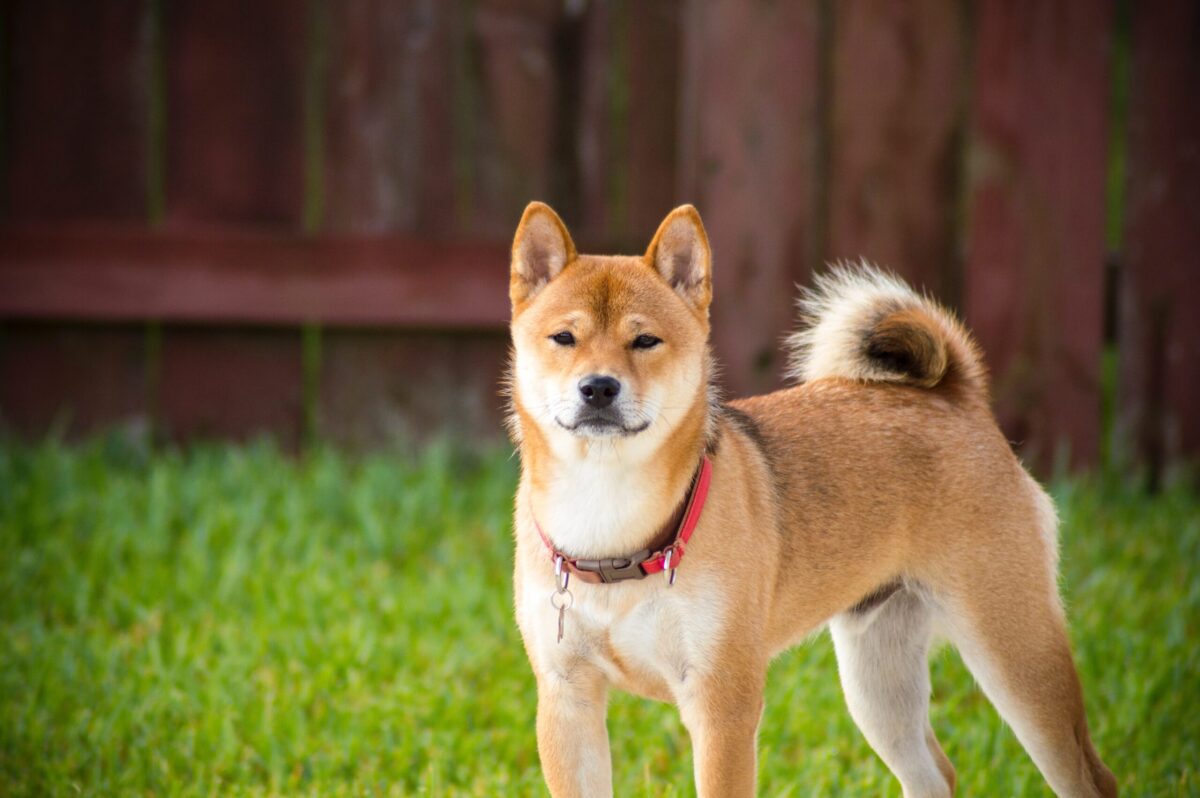
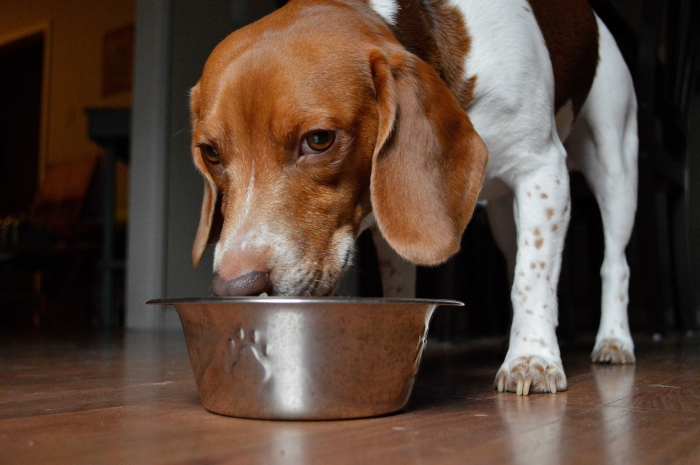
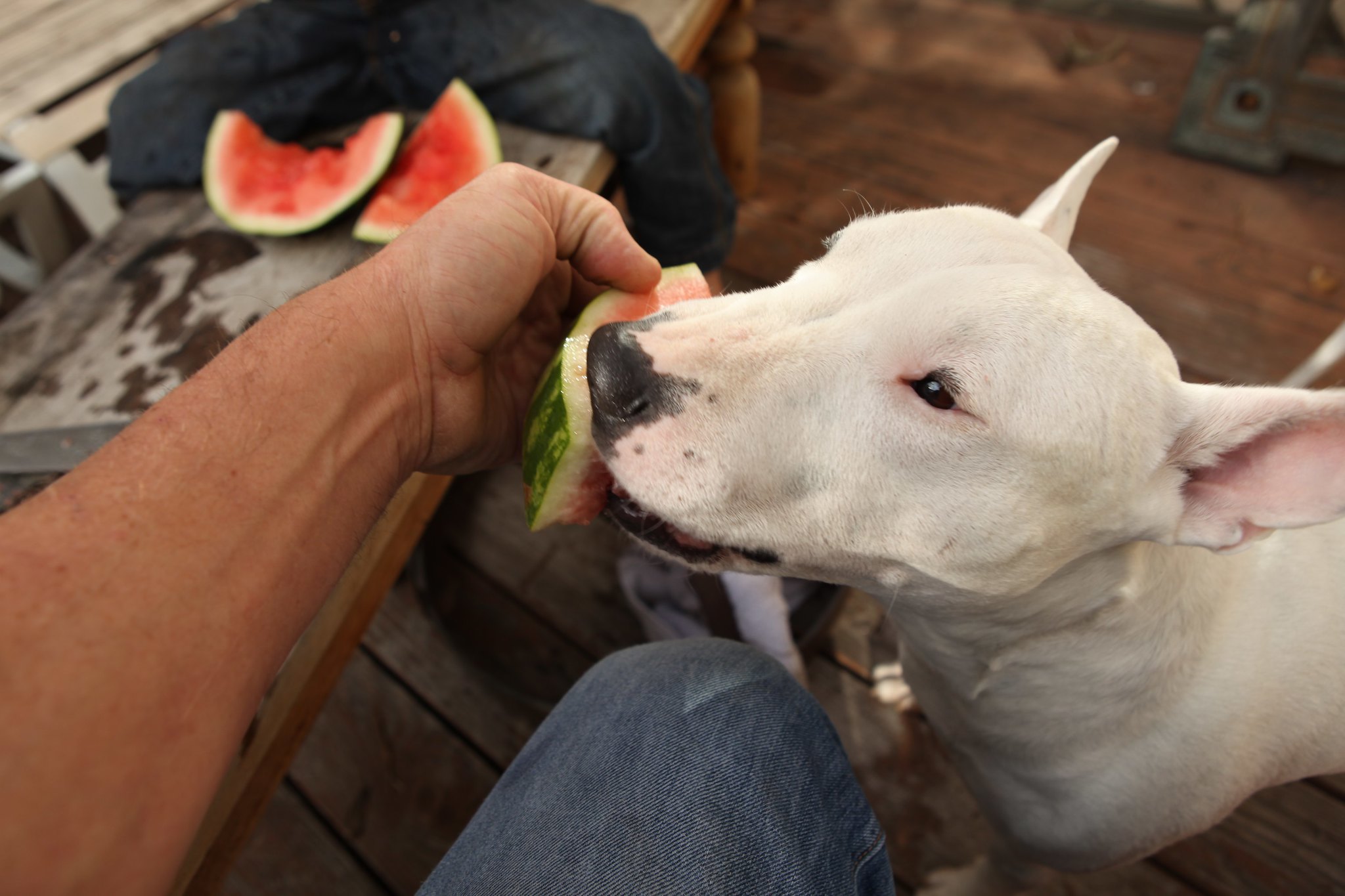
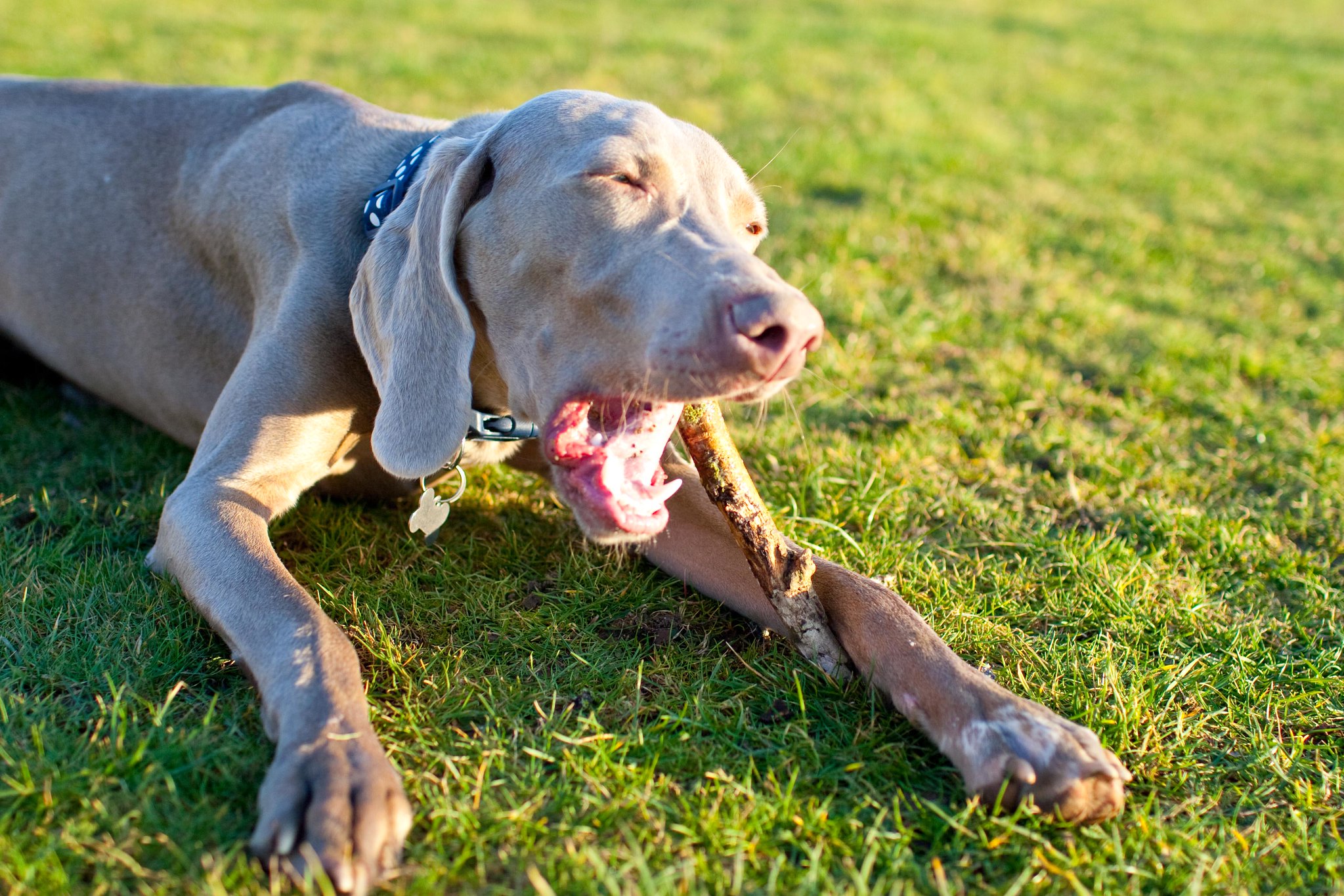

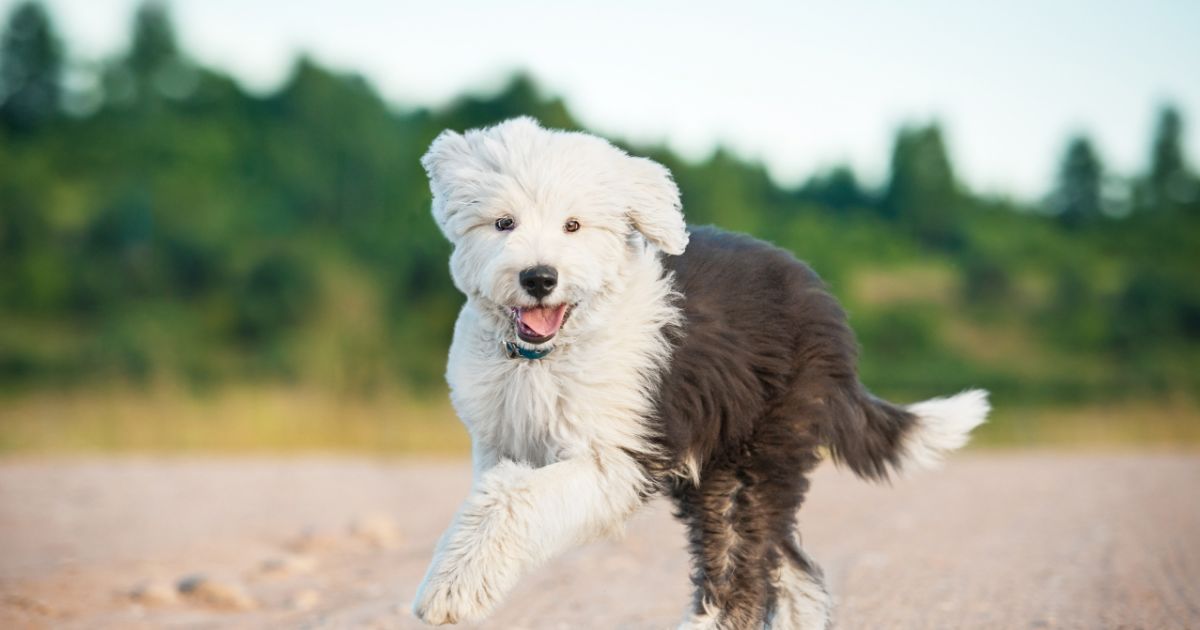


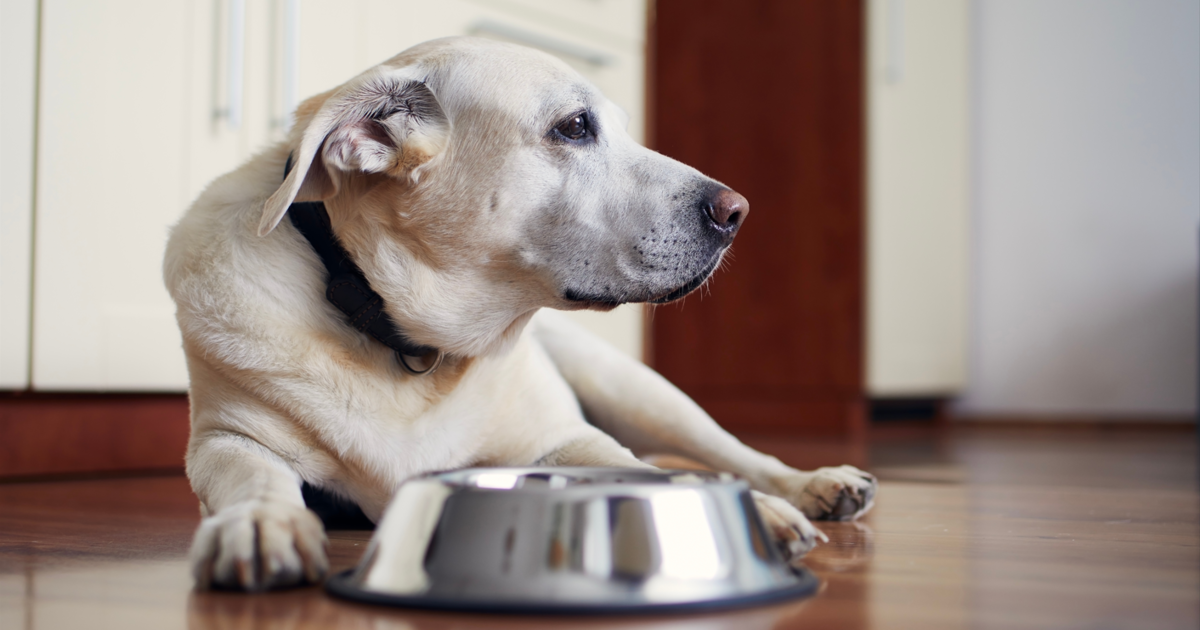

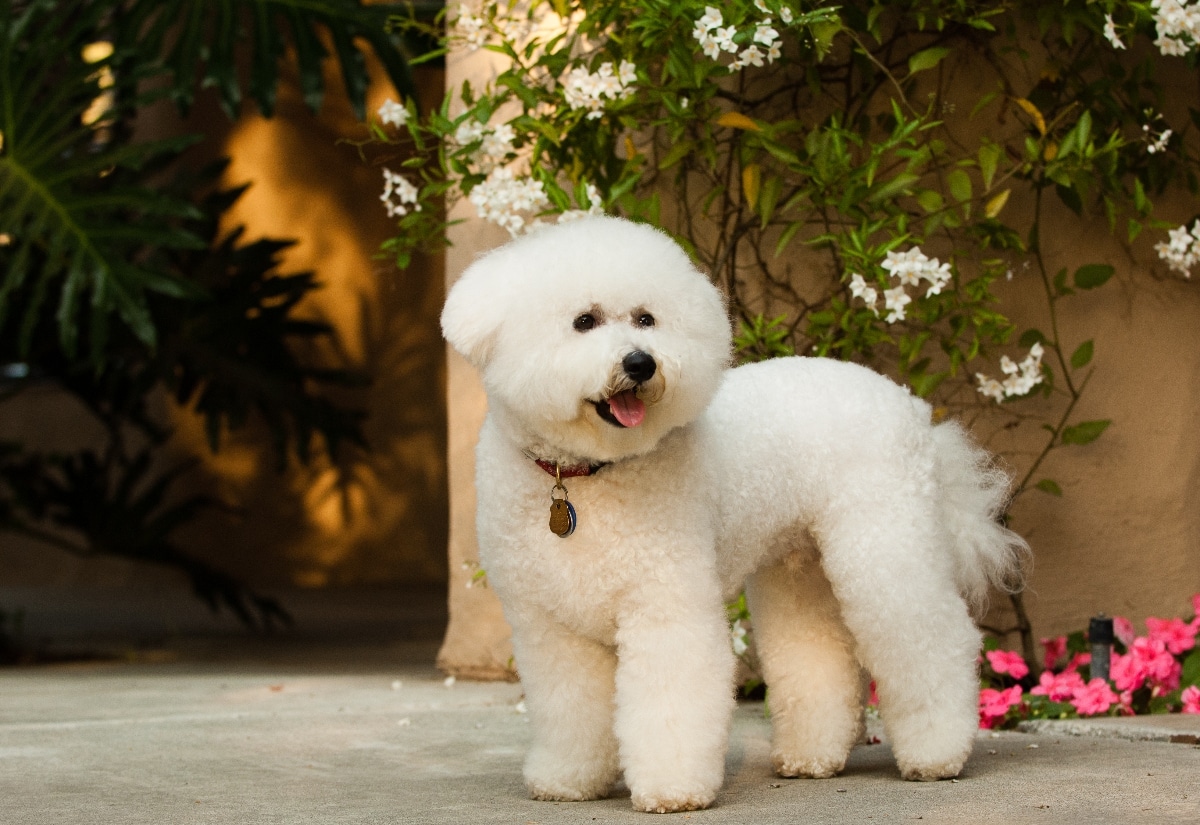
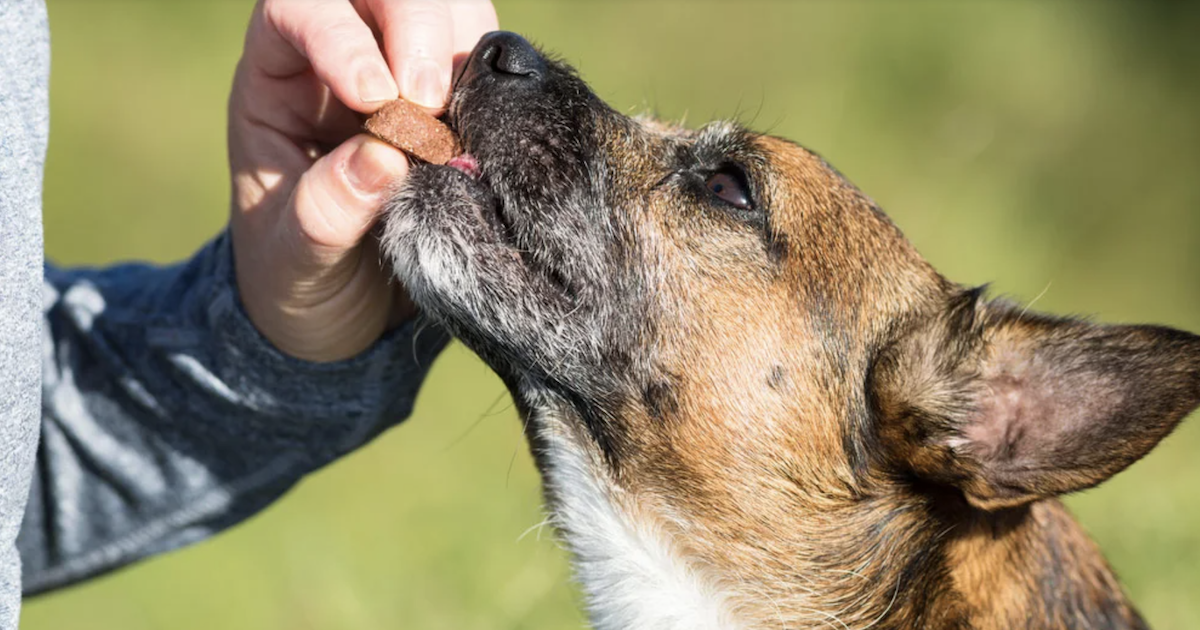





 English (US) ·
English (US) ·